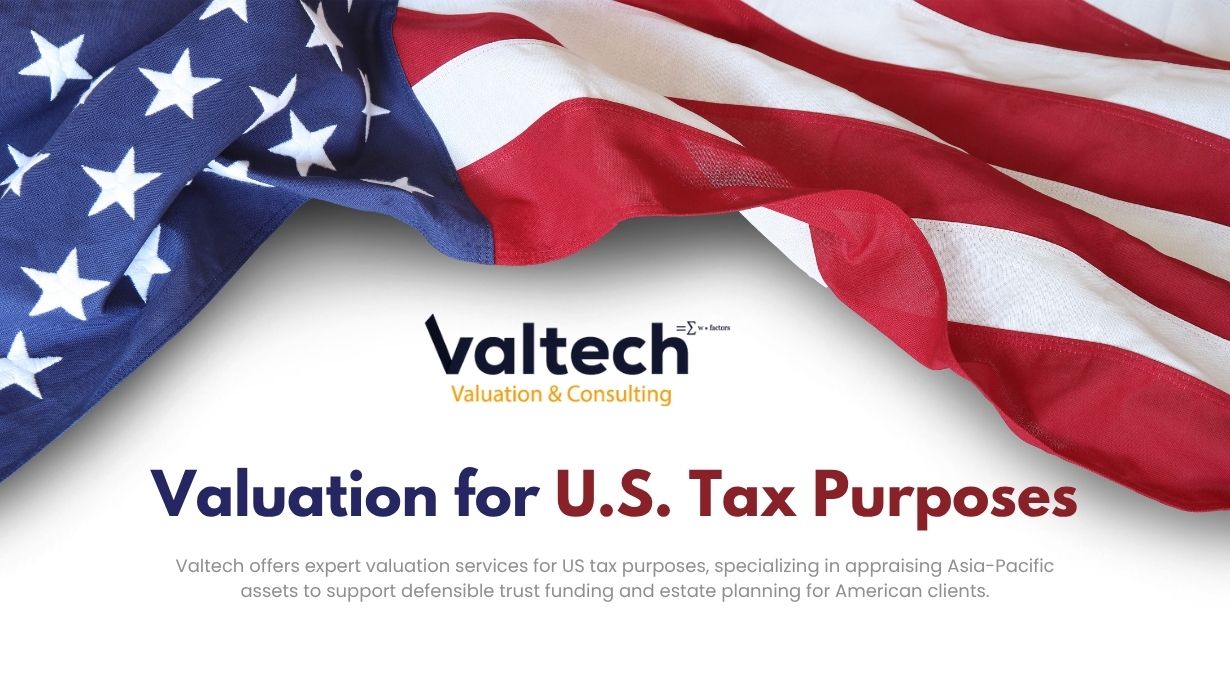Rail transportation involves the movement of goods and passengers by railroads, typically using trains. It plays a significant role in freight and passenger transport, particularly for long distances.
Key Matters in Valuation
Asset Valuation: Determine the value of railway infrastructure, rolling stock, and associated real estate.
M&A Activity: Assess the value of rail transportation companies in mergers and acquisitions.
Regulatory Compliance: Ensure compliance with regulatory standards and pricing structures.
Network Expansion: Evaluate the value of expanding rail networks and related infrastructure.
Why is Business Valuation Relevant?
In the Rail Transportation industry, business valuation serves several critical purposes. Here are the key business needs for valuation in this sector:
Asset Valuation:
Railway Infrastructure: Determine the value of railway infrastructure, including tracks, stations, terminals, and related real estate.
Rolling Stock: Assess the value of locomotives, passenger cars, freight cars, and other rolling stock.
Maintenance Facilities: Evaluate the worth of maintenance and repair facilities for trains and infrastructure.
Mergers and Acquisitions (M&A):
Acquisition Valuation: Assess the fair market value of rail transportation companies being considered for acquisition or merger.
Synergy Assessment: Evaluate potential synergies and cost savings in M&A transactions related to route optimization, asset consolidation, and increased market share.
Financial Reporting:
Balance Sheet: Accurately report the value of rail transportation assets on the company’s balance sheet.
Asset Impairment: Determine if any assets are impaired and need to be written down.
Network Expansion:
Infrastructure Investments: Assess the value of expanding rail networks and related infrastructure into new regions or markets.
Route Optimization: Evaluate the value of optimizing existing routes for efficiency and cost savings.
Regulatory Compliance:
Regulatory Standards: Ensure compliance with regulatory standards, including safety regulations, pricing structures, and environmental requirements.
Rate-Setting: Valuations may be necessary to justify rate adjustments to regulatory bodies, ensuring fair pricing while allowing for necessary investments.
Operational Efficiency:
Maintenance Optimization: Assess the value of maintenance and repair practices that optimize operational efficiency and minimize downtime.
Technology Adoption: Evaluate the value of technology investments, such as signaling systems and automation, to enhance safety and operational efficiency.
Market Positioning:
Competitive Position: Evaluate the value of the company’s market share, reputation for safety, and customer base within the rail transportation industry.
Risk Assessment:
Risk Mitigation: Identify and quantify risks associated with rail transportation operations, including market volatility, regulatory changes, labor disputes, safety incidents, and supply chain disruptions.
Infrastructure Maintenance:
Maintenance Budgeting: Valuations are necessary for budgeting for the ongoing maintenance and upgrading of rail infrastructure to ensure operational efficiency, safety, and compliance with evolving standards.
Environmental Impact:
Sustainability Initiatives: Evaluate the value of sustainability efforts, such as the adoption of energy-efficient technologies and practices, which may impact operational costs and environmental compliance.
Asset Retirement Obligations:
Decommissioning Costs: Valuations are necessary to estimate and account for the costs associated with retiring or decommissioning rail transportation assets at the end of their operational life.
Market Expansion:
International Expansion: Assess the value of expanding rail services to international markets or participating in cross-border transportation projects.
Accurate valuation in the Rail Transportation industry is crucial for making informed decisions, managing assets efficiently, complying with regulations, and ensuring the safety and sustainability of rail operations. It plays a vital role in addressing the unique challenges and opportunities within the sector.





